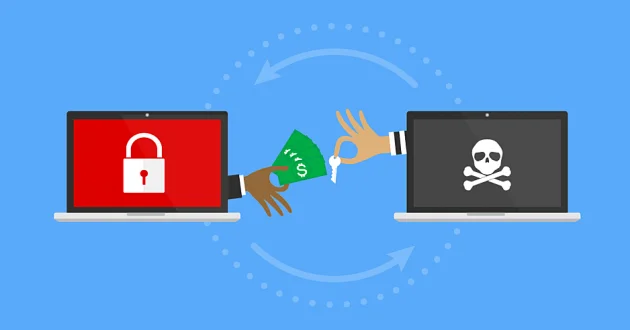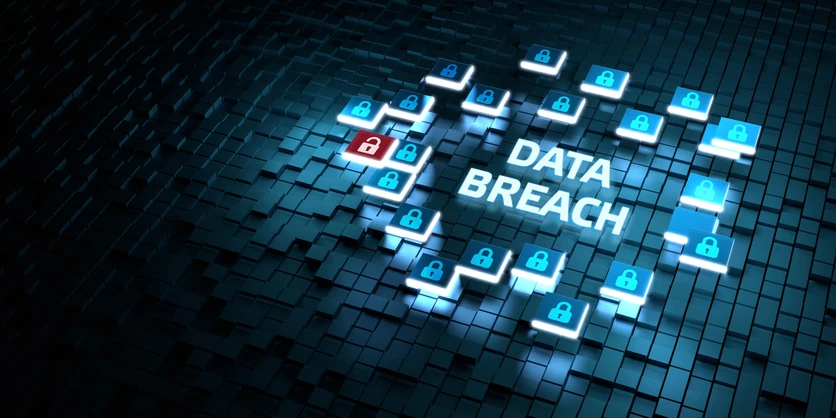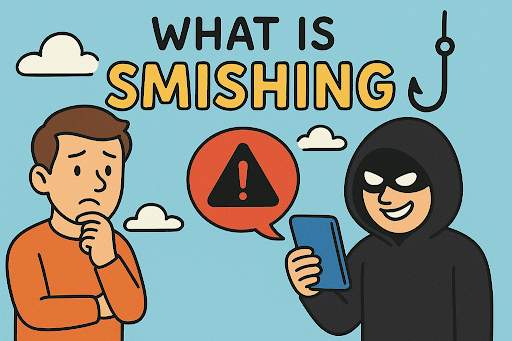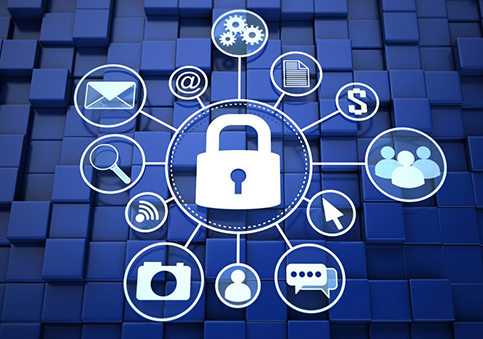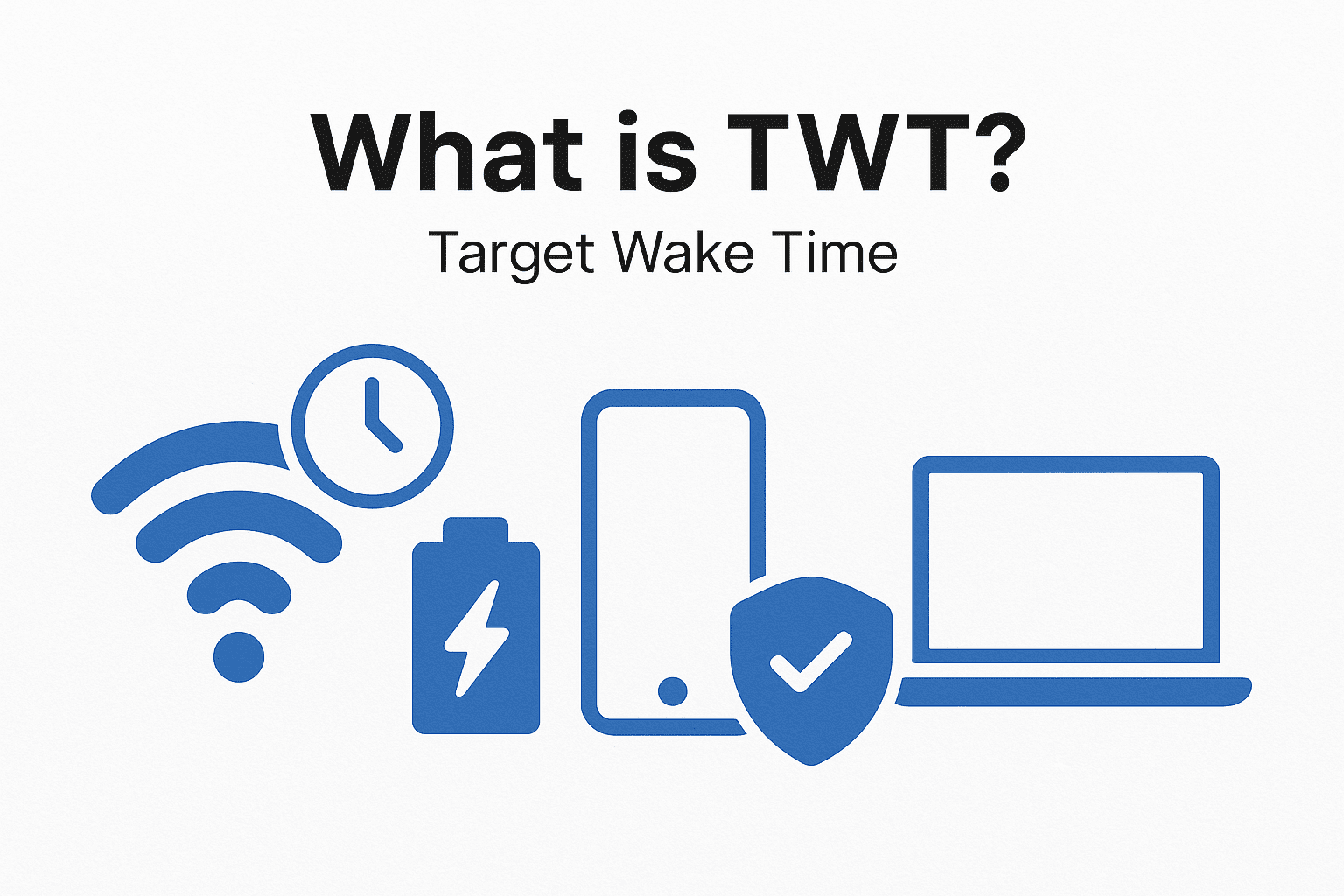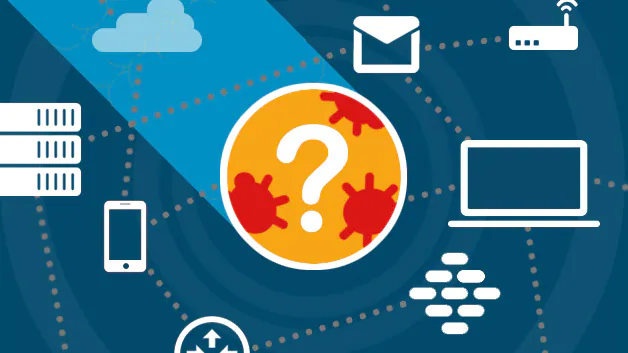What Does DOS Stand For? A Complete Guide for IT & Cybersecurity Leaders
Updated on October 14, 2025, by Xcitium
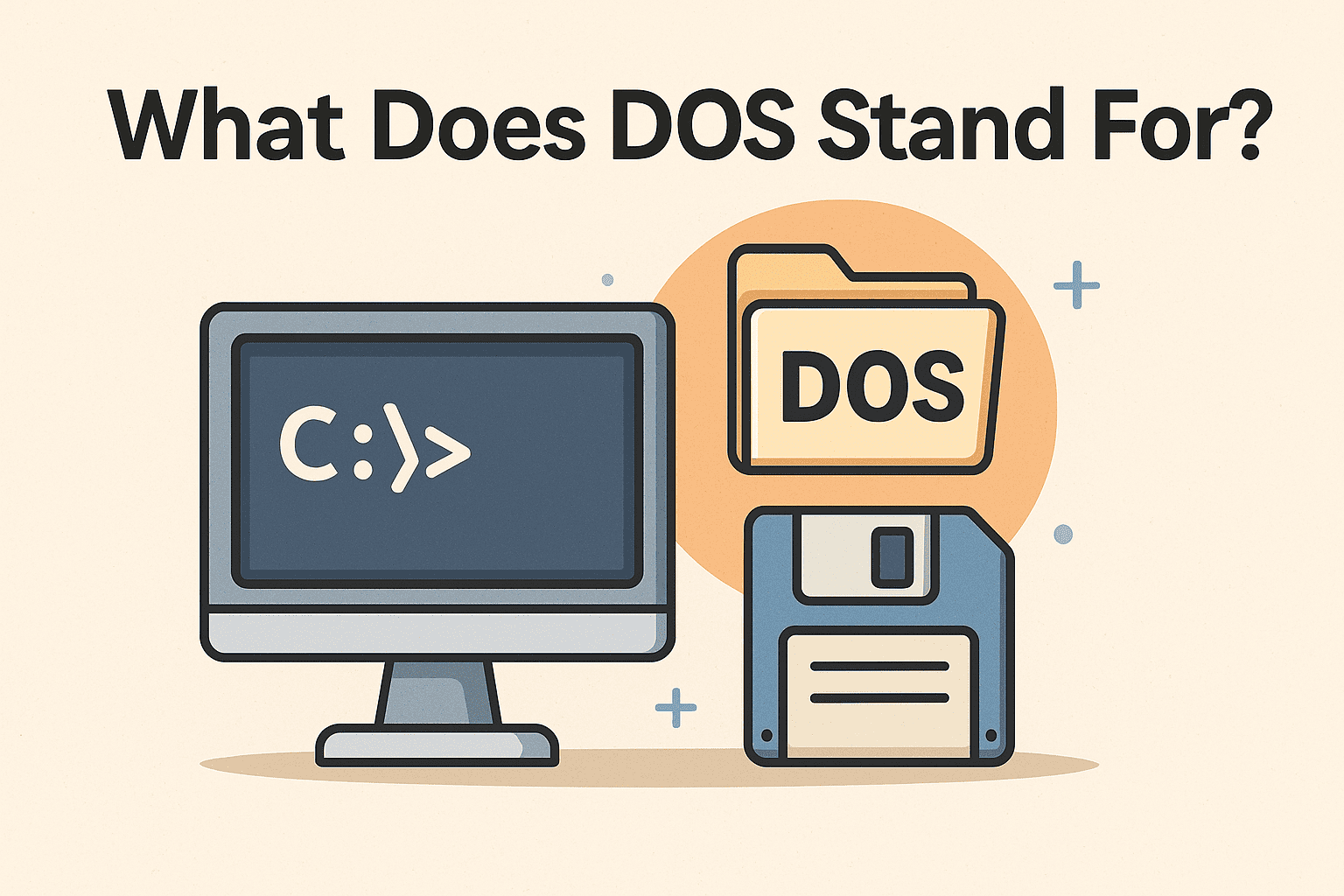
If you’ve ever dived into computer history or encountered certain cybersecurity discussions, you’ve probably asked yourself: what does DOS stand for? DOS is a foundational concept in computing and still appears in modern IT and security contexts. While many associate DOS with old computers, its relevance extends far beyond history—especially in areas like operating systems and cybersecurity (think Denial of Service attacks).
This article breaks down what DOS stands for, its history, applications, and why IT managers, CEOs, and cybersecurity leaders should still pay attention to it today.
What Does DOS Stand For?
At its core, DOS stands for “Disk Operating System.”
It was one of the earliest operating systems designed to manage files, execute commands, and support applications on early personal computers. MS-DOS (Microsoft Disk Operating System) became the most widely used version during the 1980s and 1990s.
But in today’s cybersecurity discussions, DOS can also refer to Denial of Service, a type of cyberattack where systems are overwhelmed with traffic. This dual meaning makes it crucial for IT and security professionals to understand the context in which DOS is used.
A Brief History of DOS (Disk Operating System)
Understanding the history of DOS gives us perspective on modern computing:
-
1981: Microsoft introduces MS-DOS after acquiring 86-DOS.
-
1980s–1990s: DOS dominates as the operating system for IBM-compatible PCs.
-
Commands & Interface: Users interacted via a command-line interface (CLI), typing instructions rather than using a graphical interface.
-
Legacy: Although phased out by Windows, many command structures still trace back to DOS roots.
For IT managers, this historical context matters because DOS laid the foundation for today’s enterprise systems.
DOS in Cybersecurity: Denial of Service
While “Disk Operating System” was the original meaning, in cybersecurity, DOS often means Denial of Service.
A Denial of Service attack occurs when a malicious actor floods a system, network, or server with excessive requests, rendering it inaccessible to legitimate users.
Key Types of DOS Attacks:
-
Flood Attacks: Overloading a server with fake traffic.
-
Application-Level Attacks: Targeting specific software vulnerabilities.
-
Distributed Denial of Service (DDoS): Using multiple systems to amplify the attack.
These attacks can cause downtime, financial loss, and reputational damage—making DOS a term that cybersecurity executives must understand in both historical and modern contexts.
Common DOS Commands in Computing
Even if DOS as an operating system is outdated, its commands are still relevant for troubleshooting and system management.
Examples of common DOS commands:
-
DIR– Lists files in a directory. -
CD– Changes the directory. -
COPY– Copies files from one location to another. -
DEL– Deletes a file. -
FORMAT– Prepares a disk for use.
Many IT professionals and system administrators still use these commands within Windows Command Prompt, which inherits DOS-style syntax.
Why Should IT Managers and CEOs Care About DOS?
Understanding what DOS stands for is more than trivia—it carries real-world implications:
-
Legacy Systems – Many industries still use software built on DOS or DOS-like environments.
-
Cybersecurity – Denial of Service attacks are among the most common threats facing enterprises.
-
Troubleshooting – DOS-based commands remain essential in diagnosing network and system issues.
-
Digital Transformation – Leaders must recognize how legacy technology intersects with modern IT environments.
DOS vs DDoS in Cybersecurity
It’s important to distinguish between DOS (Denial of Service) and DDoS (Distributed Denial of Service):
-
DOS: Attack comes from a single source.
-
DDoS: Attack is distributed across multiple machines, often through botnets.
DDoS is far more powerful and dangerous, often requiring advanced endpoint protection and cloud security solutions to mitigate.
The Role of DOS Knowledge in Modern Cybersecurity
Even though DOS as a Disk Operating System is obsolete, IT professionals still benefit from DOS knowledge:
-
Helps in understanding command-line interfaces.
-
Supports legacy system maintenance in industries like manufacturing and healthcare.
-
Equips cybersecurity teams with context for DOS/DDoS threats.
Companies investing in endpoint security, SIEM tools, and cloud enterprise protection often find value in revisiting these fundamental concepts.
How to Protect Against DOS Attacks
Cybersecurity leaders must actively prepare against DOS and DDoS threats.
Best Practices:
-
Deploy firewall security managers to filter malicious traffic.
-
Use intrusion prevention systems (IPS).
-
Implement load balancing and redundancy.
-
Train employees to recognize early warning signs of network slowdowns.
-
Partner with cloud enterprise security providers for scalable protection.
FAQs on DOS
1. What does DOS stand for in computers?
It stands for Disk Operating System, one of the earliest personal computer operating systems.
2. What does DOS mean in cybersecurity?
In cybersecurity, DOS refers to Denial of Service, an attack that disrupts services by overwhelming systems.
3. Are DOS commands still used today?
Yes. Commands like DIR, CD, and COPY are still widely used in Windows Command Prompt.
4. What’s the difference between DOS and DDoS?
A DOS attack comes from a single source, while a DDoS attack leverages multiple machines, making it more powerful.
5. How can businesses protect against DOS attacks?
Businesses can use firewalls, intrusion prevention systems, load balancing, and advanced endpoint protection to mitigate risks.
Conclusion
So, what does DOS stand for? Depending on the context, it could mean Disk Operating System, the backbone of early computing, or Denial of Service, one of today’s most common cyber threats.
For IT managers, cybersecurity professionals, and executives, understanding both meanings equips you with the historical insight and modern security awareness necessary to lead in today’s digital environment.
👉 Take your enterprise security further with Xcitium’s cybersecurity solutions—protecting your systems from modern threats like DDoS while enabling business resilience.


